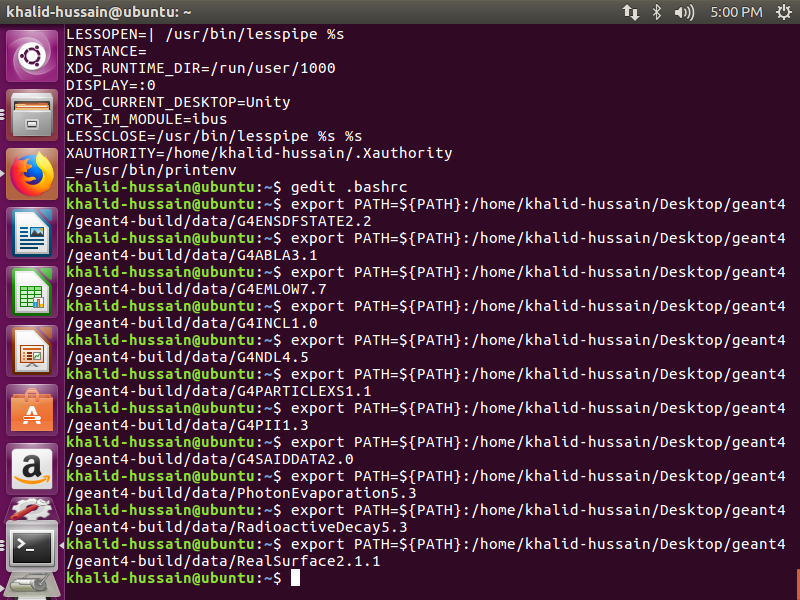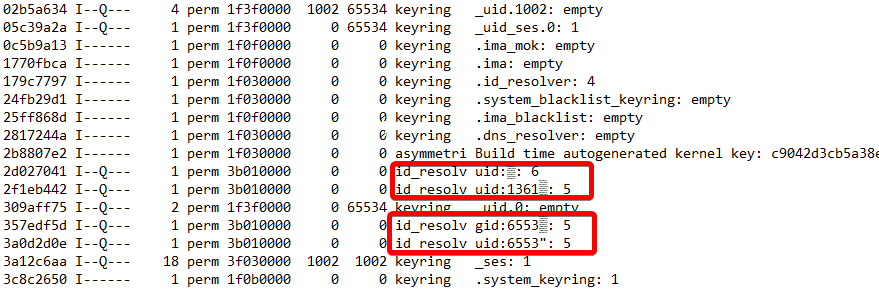

No worries, because I can call up excruciatingly detailed information by omitting the -short option:Ĭheck it out, the serial number, vendor, and everything. In the first example I see my motherboard model, H97M Pro4, but I don’t remember anything else about it. Use -volume to show all of your partitions. 0/100/1f.2 storage 9 Series Chipset Family $ sudo lshw -short -class storage -class disk This example displays all storage devices, including a USB stick: The Class column contains the categories of your devices, and you can query by class. The Device column displays devices such as USB host controllers, hard drives, network interfaces, and connected USB devices.

The lshw output tells you exact locations, like which memory slots are occupied, and which ports your SATA drives are connected to.

You can see these in the filesystem with ls -l /sys/bus/*/*, or look in /proc/bus. 0 is system/bus, your computer/motherboard. This abbreviated example displays the hardware paths, which are the bus addresses. On my Dell PC it says “Precision Tower 5810” (0617). I assembled this system, so there is no OEM description. 0/b/1 memory 8GiB DIMM DDR3 Synchronous 1333 MHz (0.8 ns) If you run lshw with no options you get a giant data dump, so try storing the results in a text file for leisurely analysis, and run it with root permissions for complete results:

It’s a tiny little command, weighting in at a mere 639k, and yet it reveals much. The glorious lshw (list hardware) command reveals, in excruciating detail, everything about your motherboard and everything connected to it. This is a wonderful rabbit hole to fall down and get lost in as you learn everything about your hardware down to minute details, without ever opening the case. In today’s stupendous roundup, we will dig into the beloved lshw (list hardware) and lsusb (list USB) commands.


 0 kommentar(er)
0 kommentar(er)
